
Edward Tuohy
Edward Boyce Tuohy (1908 – 1959) American anaesthesiologist. Best known for contribution to continuous epidural anaesthesia; Tuohy needle

Edward Boyce Tuohy (1908 – 1959) American anaesthesiologist. Best known for contribution to continuous epidural anaesthesia; Tuohy needle
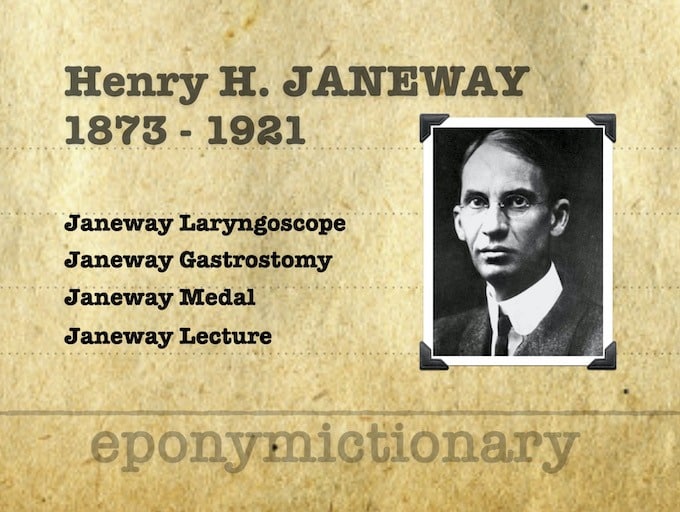
Henry Harrington Janeway (1873-1921) was an American physician and pioneer for radiation therapy in the treatment of cancer. Janeway Gastrostomy, Janeway Laryngoscope
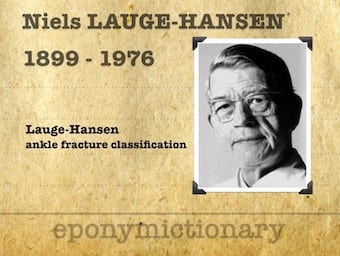
Niels Lauge-Hansen (1899 – 1976) was a Danish Radiologist. Eponymously linked with the Lauge-Hansen classification of ankle fractures in 1950
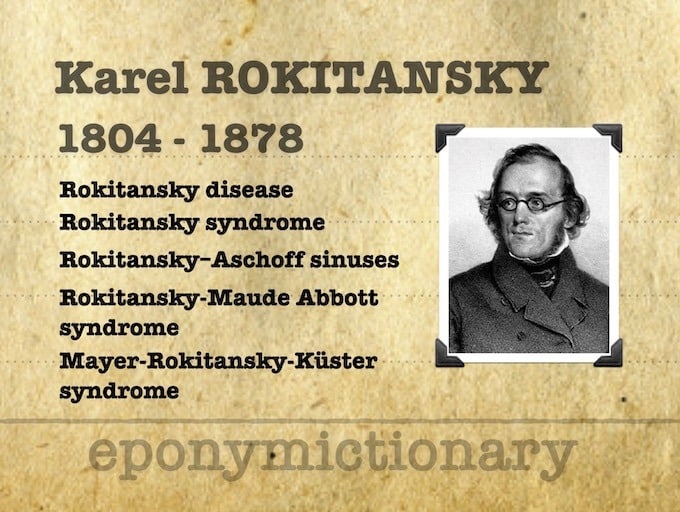
Karel (Carl von) Rokitansky (1804-1878) was a Czech pathologist. Eponymous terms include Rokitansky disease; Rokitansky syndrome; Rokitansky–Aschoff sinuses; and Rokitansky-Maude Abbott syndrome

Robbert J. de Winter (1958 – ) is a Dutch Professor of cardiology. Eponym: de Winter T wave - a new ECG Sign of Proximal LAD Occlusion
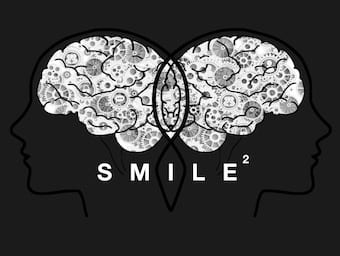
Clinical debriefing refers to learning conversations that occur soon after clinical events and involve the frontline workers that took part in patient care.

Ernst Trier Mørch (1908-1996) was a Danish-American anesthesiologist, inventor, geneticist and humanitarian. Mueller-Mørch ventilator (1954); Mørch Laryngoscope (1951)

An overview of psychological safety and simulation, including: pre-conditions, explicit and implicit strategies, and how to manage breaches in psychological safety.

Forrest Bird (1921-2015) was an American aviator, inventor, biomedical engineer and medical doctor: Bird Mark ventilator; BabyBird ventilator

Interview with the lead authors of the first iteration of a FOAMed online, peer reviewed, evidence based, Emergency Procedures website/phone app.
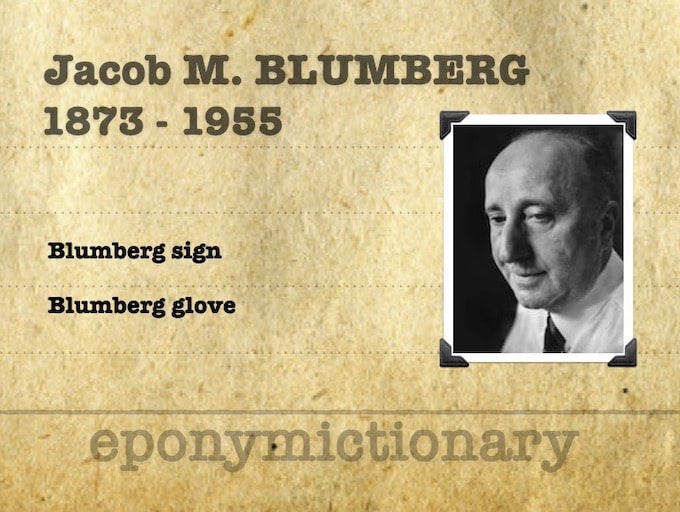
Jacob Moritz Blumberg (1873 - 1955) was a Polish-German surgeon and gynaecologist. Blumberg sign (1907); Blumberg glove (1900)
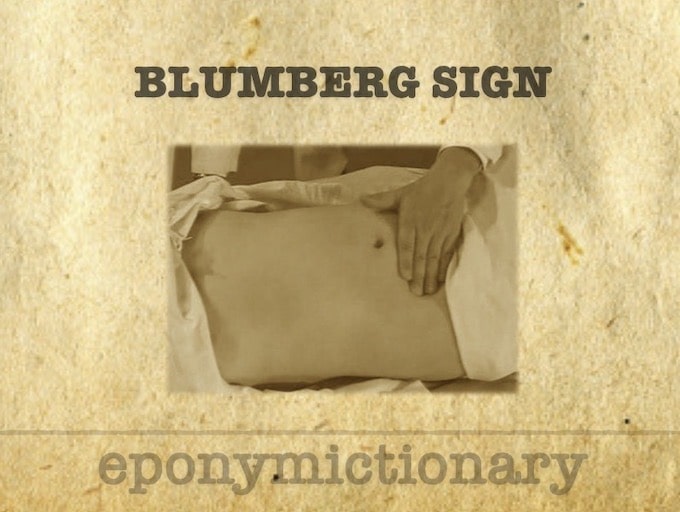
Rebound tenderness test (Blumberg sign) initially described in 1907 by Jacob Moritz Blumberg (1873 – 1955), German surgeon and gynaecologist.